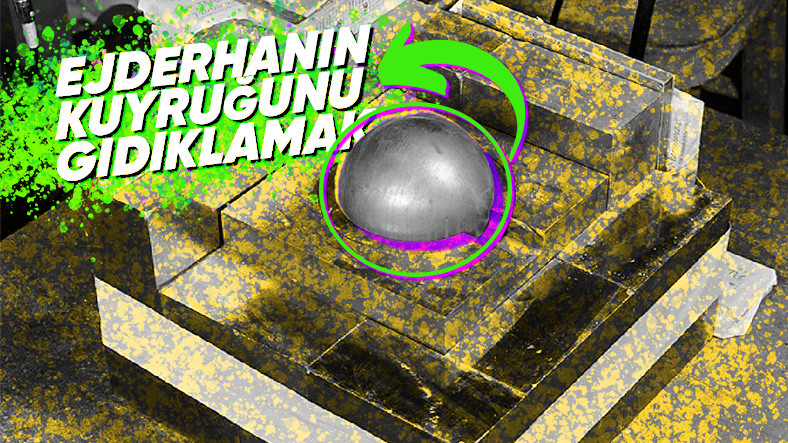The bloodiest period the world has ever seen. 2. World Warleft a huge mess. Towards the end of the war, the United States hit with unprecedented destructive power to force Japan to surrender, which was still at war. nuclear bomb has used. First he wiped the city of Hiroshima off the map with the bomb called “Litte Boy”, then the city of Nagasaki with Fat Man.
This new power in the hands of the US was powered by nuclear energy, and nuclear energy was an extremely dangerous field of activity, as you can imagine. After these two bombs, Japan realized it could not stand against the US and surrendered. It was at this time that American scientists tried to create a new atomic bomb. The core of this third nuclear bomb, also called “Project Y”. 6.2 kilograms of refined plutonium and gallium there was a sphere. The war is over, this energetic ball was no longer needed, but it would continue to kill. over time name “devil core” The story of the orb that came to be known as and the victims it left behind:
Scientists began to use the core of the atomic bomb, which was no longer needed during the war, for scientific experiments.
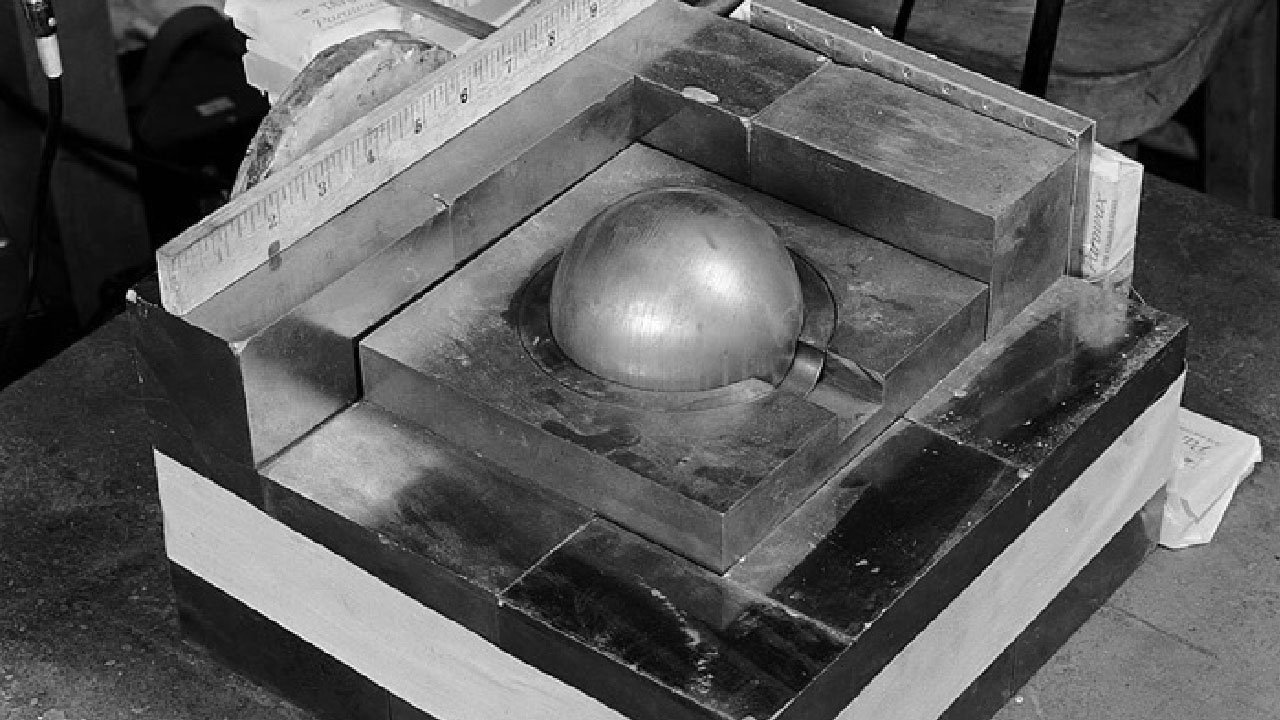
If the war had continued, this core would likely have been thrown into a city in Japan that we know well today, resulting in the deaths of tens of thousands of people. But Japan gave up and it didn’t. When this happens “Rufus” this core, codenamed, has been kept in facilities at Los Alamos for further testing.
The first accident occurred immediately after the war.
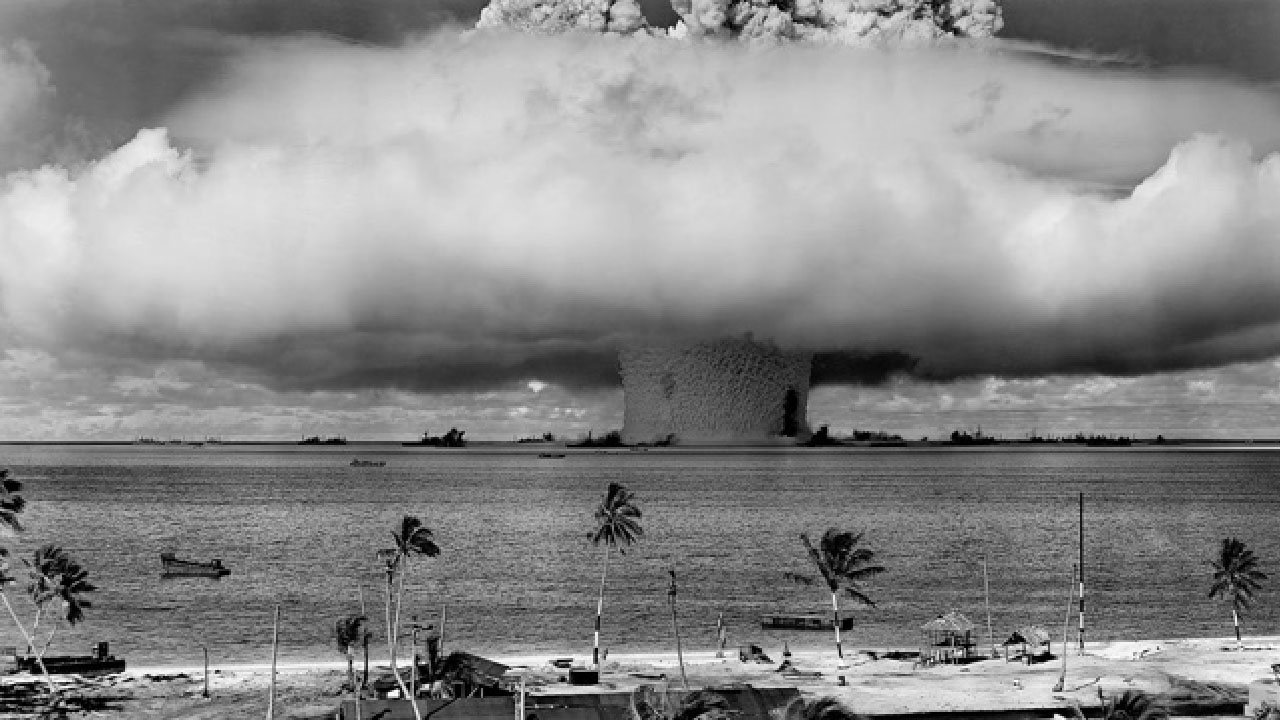
Then devilish core This sphere of plutonium and gallium known as Japan suffered its first casualty shortly after Japan’s capitulation. If Japan had not surrendered, this core would be detonated two days before this date.
In fact, the scientists at Los Amalos knew full well the threshold at which plutonium would become supercritical, form a chain reaction and emit lethal radiation. Experiments have been carried out with these risks in mind. They even gave it a name because they knew there was a risk of this angry beast waking up. “Tickle the dragon’s tailAs a result of these tests, our core suffered its first casualty on the night of August 21, 1945.
A surprise awaited Harry Daghlian, who only tickled the dragon’s tail.
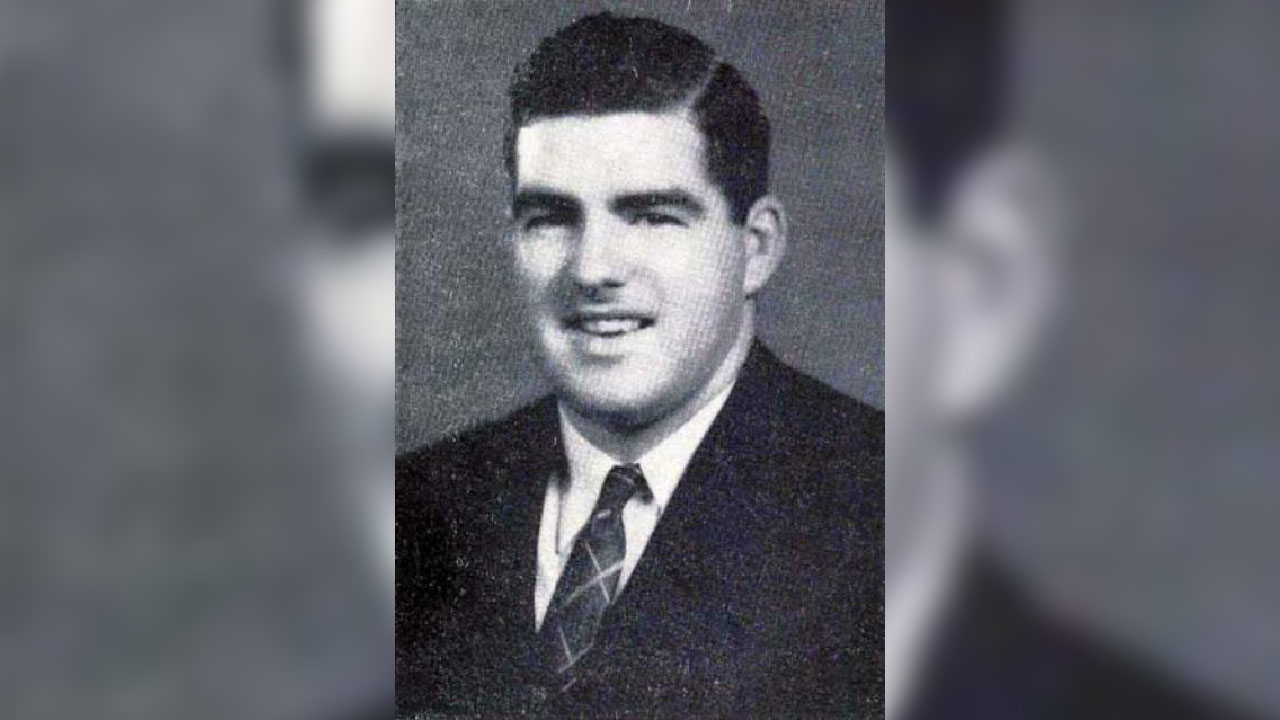
Returning to the lab after dinner on August 21, 1945 Harry Dagliansurrounded the plutonium sphere with stones made of tungsten carbide. He was alone while doing this (there were only guards there) and so basically breached security protocols.
Daghlian, if it reaches a certain level will make plutonium supercritical laid these reflective stones. He then made an attempt to pull on one of the stones, but at that point he accidentally dropped the stone onto the top of the sphere. This blow caused supercritical and A flash of blue light and a heat wave spread. Daghlian immediately picked up the stone, but felt a tingle in his hand as he did so.
It was too late for anything, especially for Daghlian.
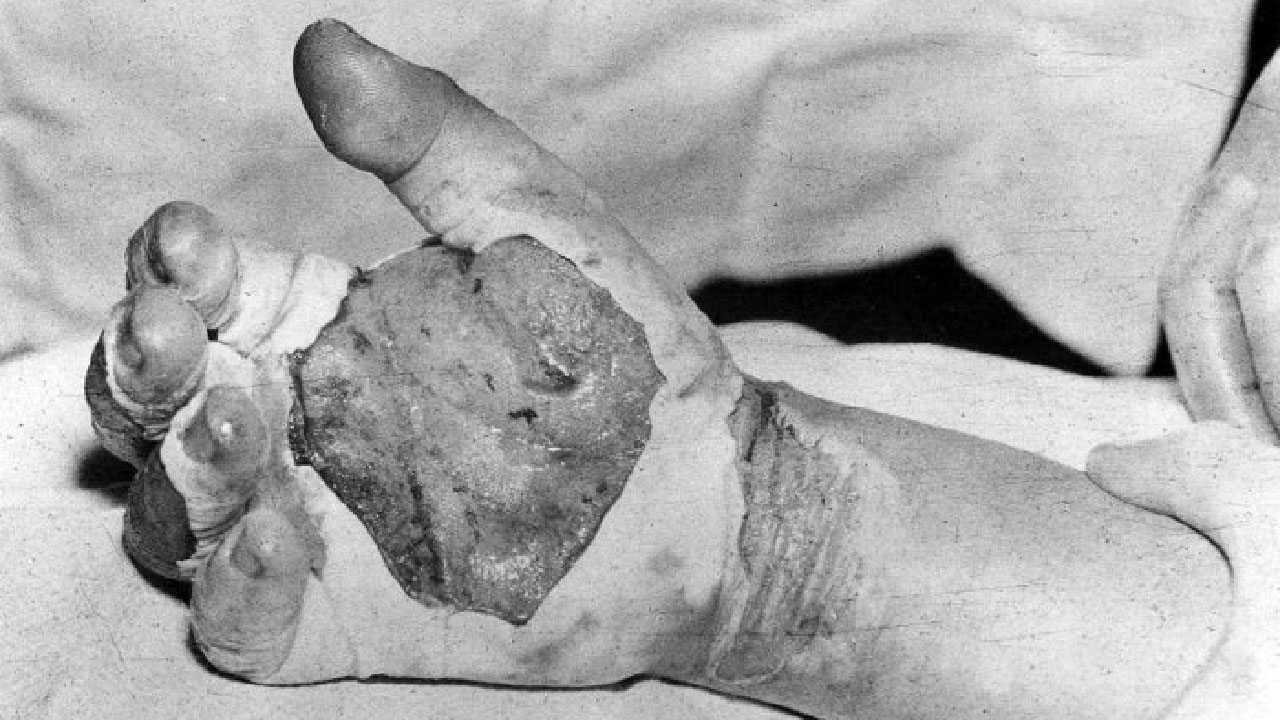
Daghlian’s burnt hand with blisters – Delicate sight!
This little mistake in Daghlian’s life had caused him to receive a lethal dose of radiation. In a short time his burnt hand swelled and he was watered. During this period he suffered from constant nausea and pain. Eventually he fell into a coma. For Daghlian, this moment of the accident was a harbinger of irreversible death. anyway He died just 25 days after the accident. The guard received a non-lethal dose of radiation.
The demon core would not be satisfied with one sacrifice.
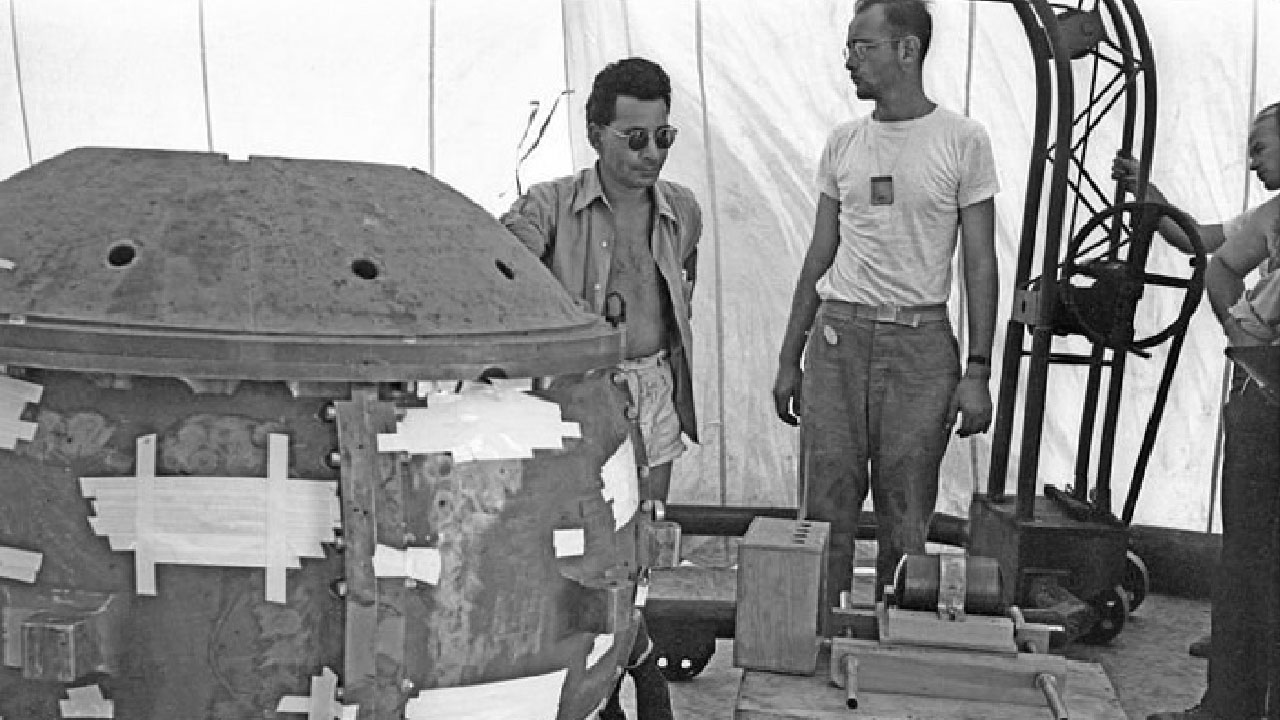
First nuclear bomb assembly, left behind by Louis Slotin
After Daghlian’s death, security procedures were revised, but that would not be enough. The physicist, who was one of Daghlian’s colleagues 9 months after the first event, Louis Slotinlowering a beryllium dome over the core, creating a similar state of supercriticality.
Slotin was careful, but that attention was not enough.
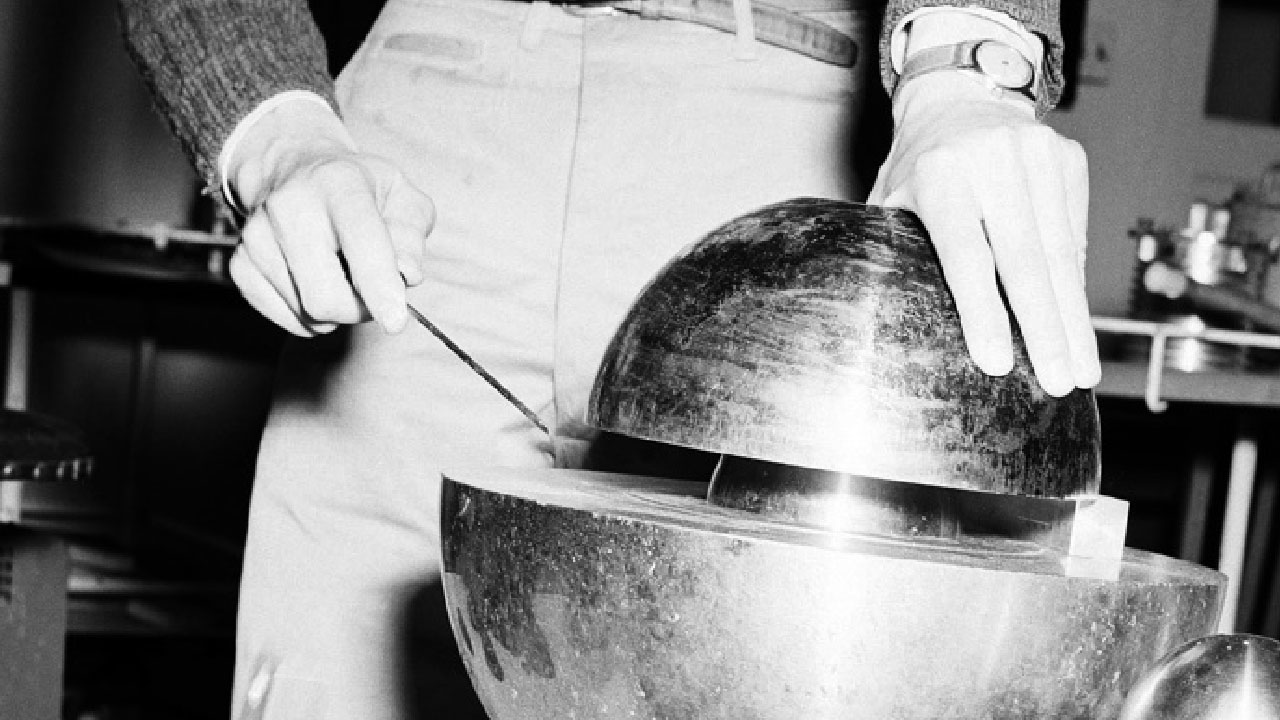
Like artificial carbide stones beryllium dome It also pushed the plutonium into supercriticality by reflecting neutrons back to the center. In order for this not to happen, the dome should never be completely closed. Slotin is one screwdriver used. He stuck a screwdriver under the dome, creating an empty space.
This method was due to a single minor error. In the end it was what had to be done and the screwdriver slipped. This caused the dome to completely cover the core. The demon core, trapped in the beryllium bubble, began to give off too many neutrons. Another scientist in the room Raemer SchreiberAt the sound of the dome falling, he felt heat and saw a blue glow.
Slotin knew the end that awaited him at the time of the accident.
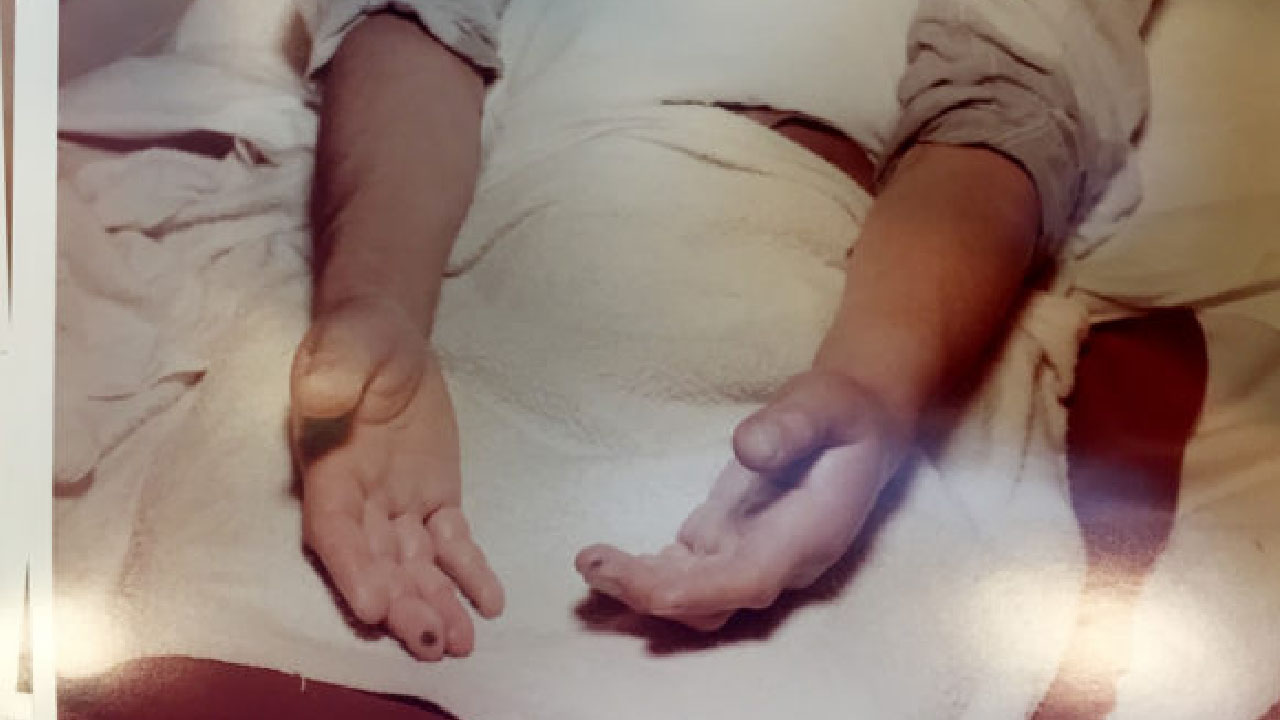
Louis Slotin’s hands shortly after being admitted to Los Amalos hospital
Schreiber, this says the blue light stops for a tenth of a second, however, this time was enough for Slotin. As a result of this incident, 7 people in the room, including the photographer and security guard, were exposed to radiation, but Slotin was the only person to receive lethal radiation. Slotin was more or less aware of the dose he had taken after this accident. He knew all too well what his friend Daghlian had been through. Schreiber, Slotin’s first words after the screwdriver accident were, “Yeah, that works.”
Slotin experienced bouts of nausea and vomiting after this event. Then Slotin, who seemed to have recovered briefly in the hospital, did not really recover. He lost weight in just a few days and suffered from abdominal pain. Slotin, who only experienced the symptoms of mental confusion He died 9 days later.
With these events, the devil’s core came to an end.
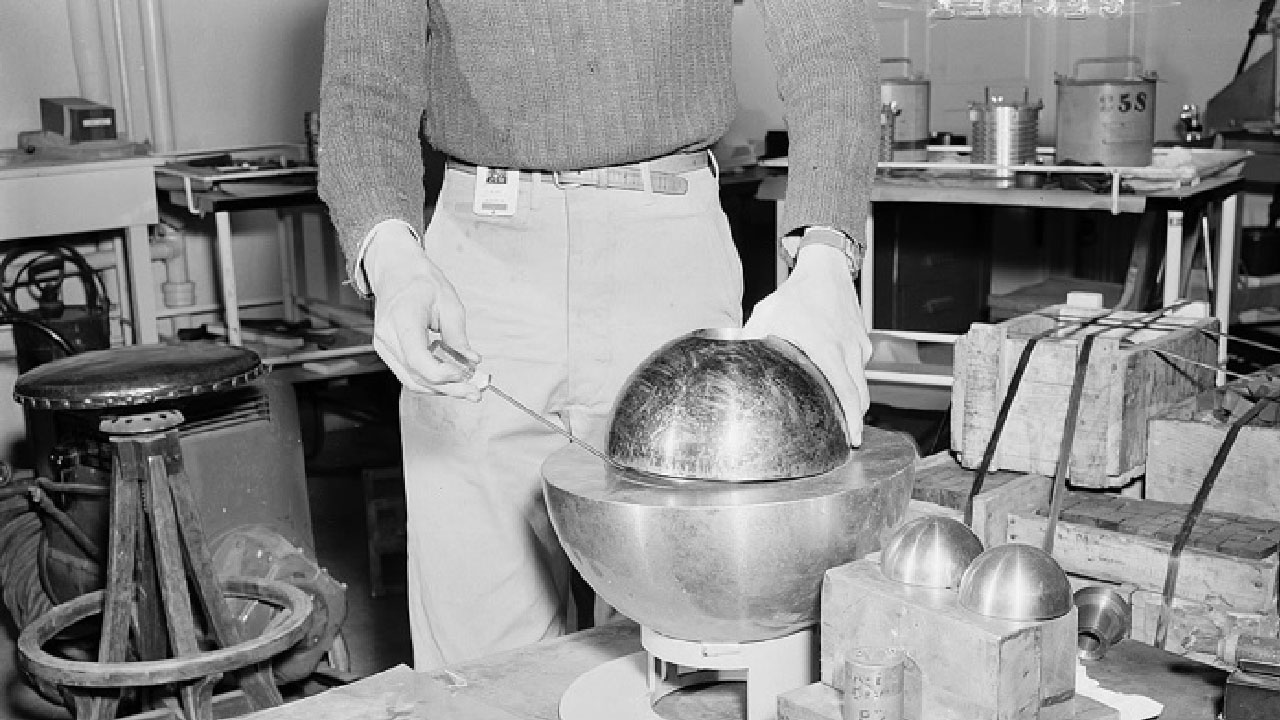
After these two events, scientists stopped calling this plutonium core “Rufus” and They began to utter the phrase “devil’s core”. This core was originally supposed to be used in Operation Crossroads, the US nuclear weapons testing program, but this plan was abandoned after Slotin’s accident due to elevated radiation levels. Instead, it is called the devil’s core. plutonium melted and integrated into the US nuclear stockpile to be converted to other cores if necessary.
Whether you call it Rufus or the demon core, this plutonium ball has the power to kill thousands of people. That’s why it’s good news that it hasn’t been detonated in a warhead (not even for testing). However, the nuclear scientists of the time were aware of such risks, but intervened. with not-so-acceptable safety precautions, such as tightening a screwdriver. They risked their lives.
- Sources: Sciencealert, Nuclearsecrecy, Nuclearsecrecy, OSTI, Nuclear Museum







